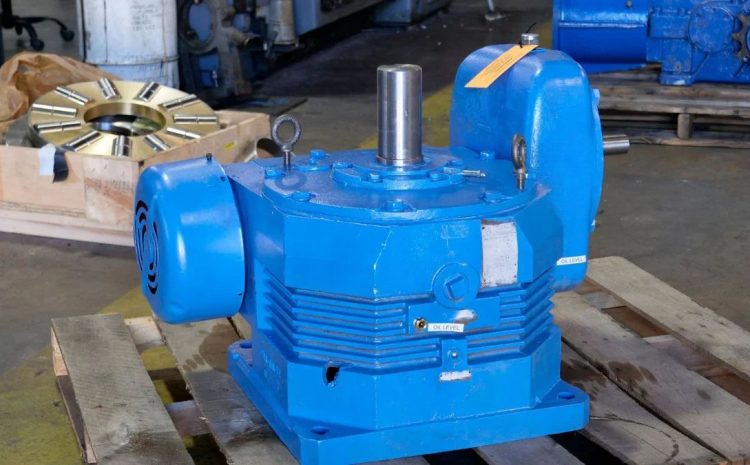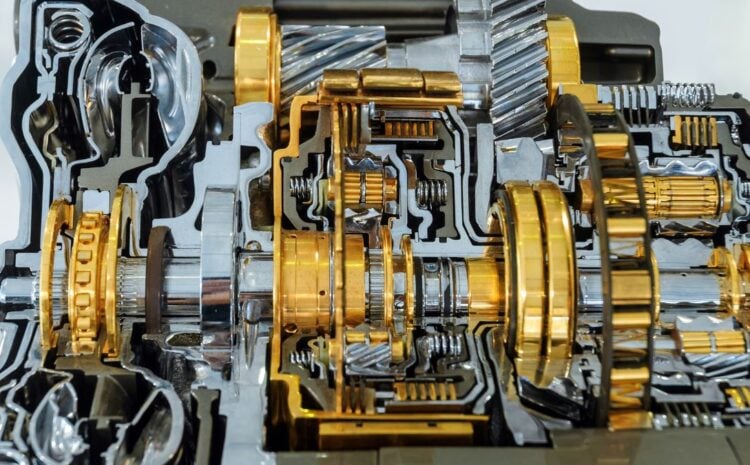Industrial gearboxes are essential for many industrial applications, like making power, moving things, and running heavy machinery. They play a critical role in transferring power from the drive motor to the working machine, providing the necessary speed and torque to perform the desired task. In recent years, the industrial gearbox industry has seen numerous technological advancements that have improved these devices’ efficiency, reliability, and durability. In this article, we will discuss some of the most significant innovations in industrial gearbox technology and how they positively impact the industry.
Improvements in Efficiency
One of the primary benefits of the advancements in industrial gearbox technology is the improvement in efficiency. With the development of new and advanced gear profiles, improved manufacturing processes, and the use of advanced materials, gearboxes are now capable of delivering more power with less energy consumption. This has led to a reduction in operating costs for industrial applications and increased productivity.
Optimal gear profile design plays a critical role in improving the efficiency of industrial gearboxes. The gear teeth design influences the amount of power that can be transmitted, as well as the noise and vibration level. With computer-aided design (CAD) and computer-aided manufacturing (CAM) technologies, engineers can now design gear profiles with greater accuracy, leading to improved efficiency.
In addition to the design of gear profiles, advancements in the gear manufacturing processes have also contributed to the improved efficiency of industrial gearboxes. For example, the use of high-precision machines and advanced tooling has allowed the production of gears with better surface finishes and tighter tolerances. This leads to less friction and improved efficiency, as well as a reduction in the amount of noise and vibration produced.
Advancements in materials have also played a significant role in improving the efficiency of industrial gearboxes. The use of lightweight, high-strength materials, such as titanium and carbon fiber composites, has allowed for the production of gearboxes that are more efficient and lighter in weight. This has reduced the drive motor load and resulted in improved performance and efficiency.
Enhancements in Reliability
Another significant benefit of the advancements in industrial gearbox technology is the improvement in reliability. Reliable gearboxes are critical to ensuring the smooth operation of industrial applications and reducing downtime. With the development of new sealing systems, bearing technologies, and intelligent sensors, gearboxes are now more reliable and durable than ever before.
Improved sealing systems have played a critical role in enhancing the reliability of industrial applications.
The development of new bearing technologies has also contributed to the improvement in the reliability of industrial gearboxes. Bearings play a crucial role in supporting the rotating components of the gearbox and transmitting the load. With the use of high-precision bearings and improved materials, gearboxes are now capable of operating at higher speeds and loads, leading to increased reliability.
Smart sensors have also played a significant role in improving the reliability of industrial gearboxes. With the ability to monitor and control various parameters, such as temperature and vibration, these sensors provide real-time data on the health of the gearbox. This allows maintenance crews to identify potential issues early, reducing the likelihood of unexpected downtime.
Advancements in Durability
Durability is another critical factor in ensuring the success of industrial gearboxes. With the development of new materials with increased resistance to wear and tear, improved cooling systems, and better surface treatments, gearboxes are now more durable than ever before.
The use of advanced materials with increased resistance to wear and tear has led to a significant improvement in the durability of industrial gearboxes. For example, using high-strength steels and heat-treated alloys has produced gearboxes that are more resistant to wear and have a longer lifespan. This has reduced the need for frequent maintenance, increased durability, and reduced downtime for industrial applications.
Improved cooling systems have also played a significant role in increasing the durability of industrial gearboxes. With advanced cooling technologies like air and oil, gearboxes are now better equipped to handle high temperatures and loads, leading to increased durability.
In addition to materials and cooling systems, better surface treatments have also contributed to the improvement in the durability of industrial gearboxes. The use of hard coatings and surface treatments, such as nitriding and carburizing, has increased the resistance of gearboxes to wear and corrosion, leading to improved durability.
Conclusion
In conclusion, advancements in industrial gearbox technology have led to significant improvements in efficiency, reliability, and durability. With new gear profiles, advanced manufacturing processes, and innovative materials, gearboxes can deliver more power with less energy consumption and a longer lifespan. These advancements have reduced operating costs for industrial applications, increased productivity, and reduced downtime, making industrial gearboxes a critical component in various industrial applications.



